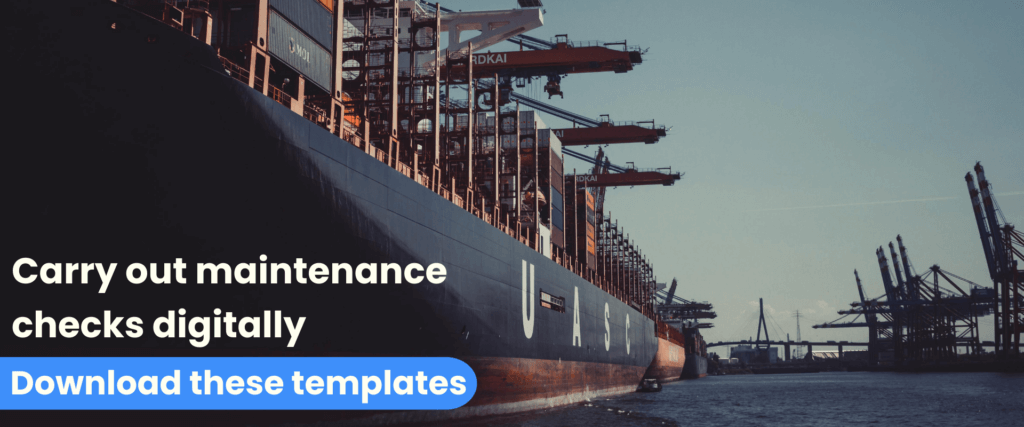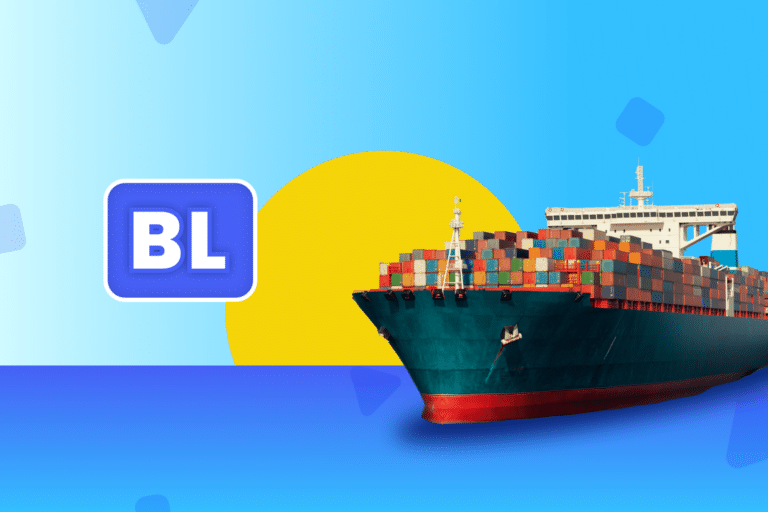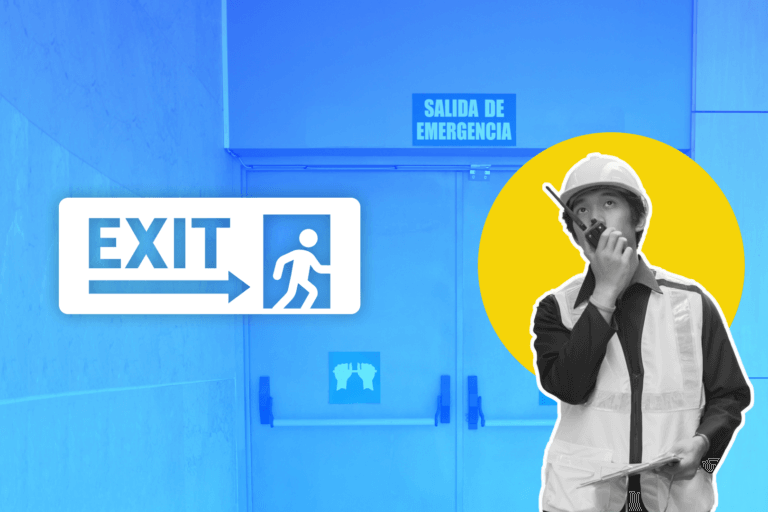Maritime transport has undergone a significant technological evolution in recent years. A process that today requires the implementation of new and modern control systems that protect both the safety of the fleets and the loading and unloading operations in the different maritime and river terminals.
Maritime transport is perhaps the most globalized activity among all the major sectors of international trade. However, at the same time, it is also one of the most dangerous, due to the large number of risks that lie both in the ports and on the respective routes across the world.
Therefore, the most efficient way to preserve its safety and efficiency is that all nations and companies that currently exploit or depend on maritime trade, comply to the letter with each of the international regulations established for its correct operation.
Strategic value of transoceanic trade
Over the centuries, maritime transport has evolved in accordance with the growing needs of international trade. Evolution that, thanks to technological development, is expressed in the construction of larger ships with greater capacity, as well as ports with more modern and efficient facilities.
According to reports from the United Nations Organization for Trade and Development, UNCTAD, the volume of international maritime trade reached 12,000 million tons transported (Mt) in 2021, which is equivalent to approximately 1,500 kg per inhabitant of the planet.
This positive figure represents a growth of 3.4% compared to 2020, both in tons and in ton-miles. But it also implies that international maritime trade recovered the nearly 400 Mt lost, due to the strong restrictive impact generated by the pandemic.
Business reports also detail that the sectors with the greatest recovery in 2021 were grain, liquefied natural gas (LNG), liquefied petroleum gas (LPG) and containers. All of them are, indeed, key players for the strategic development of the world economy.
Ships, the backbone of maritime trade
The great protagonists of maritime trade are, without a doubt, ships. These are classified according to the type of cargo transported, either as bulk merchandise (coal, cement, grains, sand, oil and gas) or by container. From these considerations, we can identify the following types of ships:
Container ships
They transport cargo in standardized containers and currently represent around 52% of total maritime trade. The largest ship in the world in this category is called “MOL Triumph”, and it has a capacity of 20,150 containers.
Bulk carrier ships
They transport solid cargo such as grains, cereals or minerals. They are usually large and are divided into different cellars and compartments.
Reefer Ships
They are equipped with refrigeration or freezing units, and are used to transport perishable cargo such as fruit, meat and fish. They are usually white in order to reflect the sun’s rays and prevent their holds and cargo from heating up.
Oil tankers
They are designed to transport crude oil and other petroleum products. The largest supertankers in the world can carry 500,000 tons of cargo. Although this large volume has benefits for the distributors, at the same time it entails high risks, since in case of accidents, the consequences would be catastrophic.
Roll on – Roll off ships
They are used to transport goods with wheels (vehicles, trucks, cranes and all types of machinery, among others), which can be loaded and unloaded alone, or with the assistance of tractor vehicles. They have a large gate at the bow, which works as a ramp.
Each of these types of ships requires, in turn, a careful and specialized maintenance process, which includes work stages both in port and in dry dock. Only in this way we can ensure that they fulfill their function, within an appropriate security framework.
For all these reasons, it is convenient to apply inspection, repair and maintenance tasks, structured on the basis of a digital checklist, appropriate to both the characteristics of the vessel and the load transported.
Advantages of water transport
Maritime freight and merchandise transport offers several comparative advantages. Some of these are the following:
● Storage capacity: Unlike airplanes and trucks, the large size of ships allows a greater volume of goods and containers to be transported.
● Competitive prices: Ocean freight is considerably cheaper, taking into account the long distances that must be covered.
● Versatility: The progressive specialization of ships today allows them to carry all types of cargo, from liquids to automobiles.
How to reduce the risk during the different stages of transport?
All these characteristics and logistical advantages require that international maritime trade be carried out in a highly specialized and careful environment. Not only during the journey of the ships, but also in the respective port loading and unloading processes.
Otherwise, any carelessness or failure can result in accidents whose consequences are usually very serious, both for ship crews, port operators and the environment.
A risk that grows exponentially when high-danger cargoes are transported, and that therefore requires the application of data collection, inspection and analysis methodologies, based on electronic checklists.
This type of technological solution facilitates the control of critical points, such as loading and unloading processes, infrastructure and equipment maintenance, container status, mitigation of risk factors, application of staff rest periods and accident prevention, among others variables.
Some of the main steps that can be controlled, through a digital checklist, are the following:
Before loading
● Select the most convenient type of container for each specific merchandise.
● Verify that the whole process does not exceed the payload limit of the container or the maximums established by transport regulations.
● Secure and distribute the cargo firmly and according to the container space.
● Follow the corresponding handling instructions.
● Use dividers and materials to separate goods within the container, if it is necessary.
● Do not load wet goods with dry goods.
● Do not load on the ship if the merchandise has incompatible or damaged packaging.
● Include the documentation required for each load.
● Note the container and seal number on the shipping documents.
● Strictly follow the regulations for dangerous cargo, including the use of special labels or signs to identify the type of content.
During loading
● Check that the inside of the container is clean and dry, without the presence of dust, grease, liquid or any trace of freezing remaining from previous loads (according to each case).
● Disinfect its entire surface, to avoid presence of insects or parasites that could contaminate the load. At this point, it is convenient to coordinate the task with the corresponding health authorities, since many countries only authorize the exit or entry of merchandise that has a fumigation seal and registration.
● Verify that there are no suspicious odors inside the container, as these may be a symptom of contamination or decomposition.
● Check that the container is hermetically sealed.
● Check that there are no holes or tears and the seal is not damaged.
● Remove any labels that correspond to previously transported loads.
● In the case of Open Top type containers, verify that the roof arches are in their corresponding position and operate properly.
● Follow the instructions or recommendations given by the respective port authority.
During transportation
● The merchandise must be adapted to the capacity of the container to withstand the stresses that occur during the trip. It must also be ensured that it is always secured, to prevent it from moving or falling on the way.
● Verify that the container safety latches remain engaged throughout the journey.
● Check that the cargo identification labels go in the suggested positions, without covering the container number or other distinctive elements (such as the seals that identify dangerous substances, for example).
During download
● Check the outside of the container and inspect any damage possibility in the merchandise.
● Make sure the seal is intact and shows no signs of tampering.
● Observe the condition of the labels that indicate important information about the merchandise (for example, that it is dangerous or in bulk).
● Open the right door of the container with extreme care, in case it is detected that the load has been incorrectly accommodated. This prevents it from falling on personnel.
The valuable contribution of digital transformation
For each of these verification, control, maintenance and/or repair steps to be successful, it is essential to have advanced technological tools that make the task more practical, simple and efficient, optimize operating costs and reduce the risk of human error.
The market today offers advanced specialized software such as DataScope’s “Aquatic Delivery Technical Audit”.
This software has been developed to provide decisive advantages to maritime logistics companies, allowing complete control of critical variables for operation, such as equipment status, staff training and maintenance periods, among others.
Guarantee that the digital transformation allows to carry out these tasks in accordance with efficiency and safety frameworks that optimize the competitiveness of companies, increase the protection of their workers and protect the environment.








